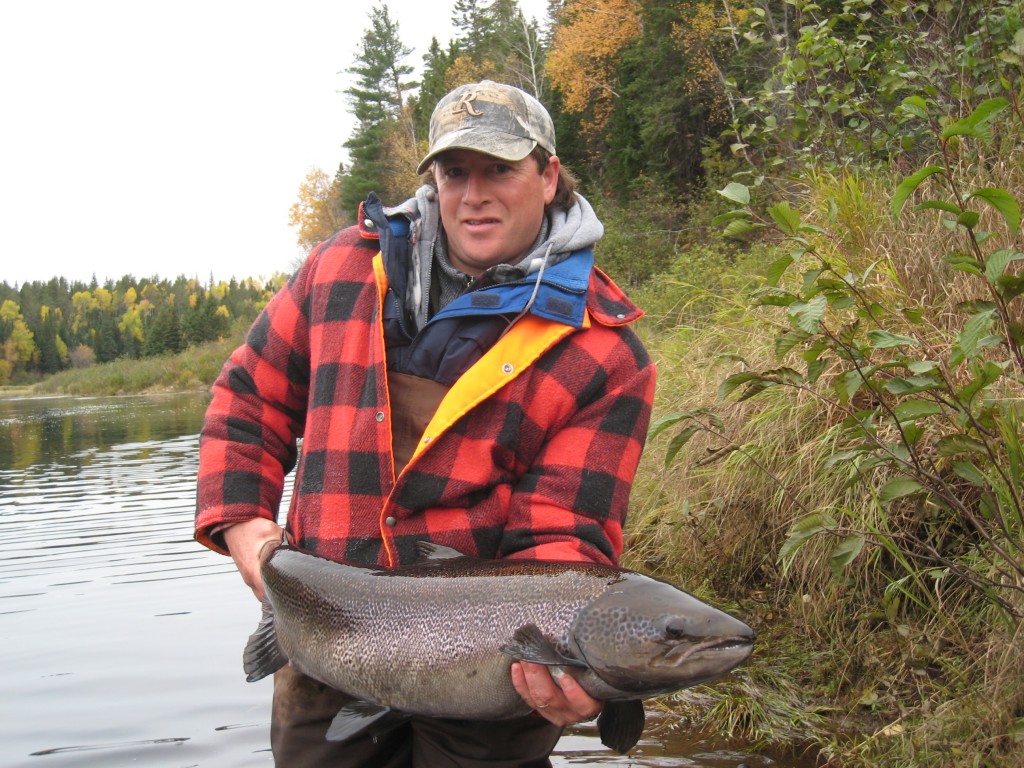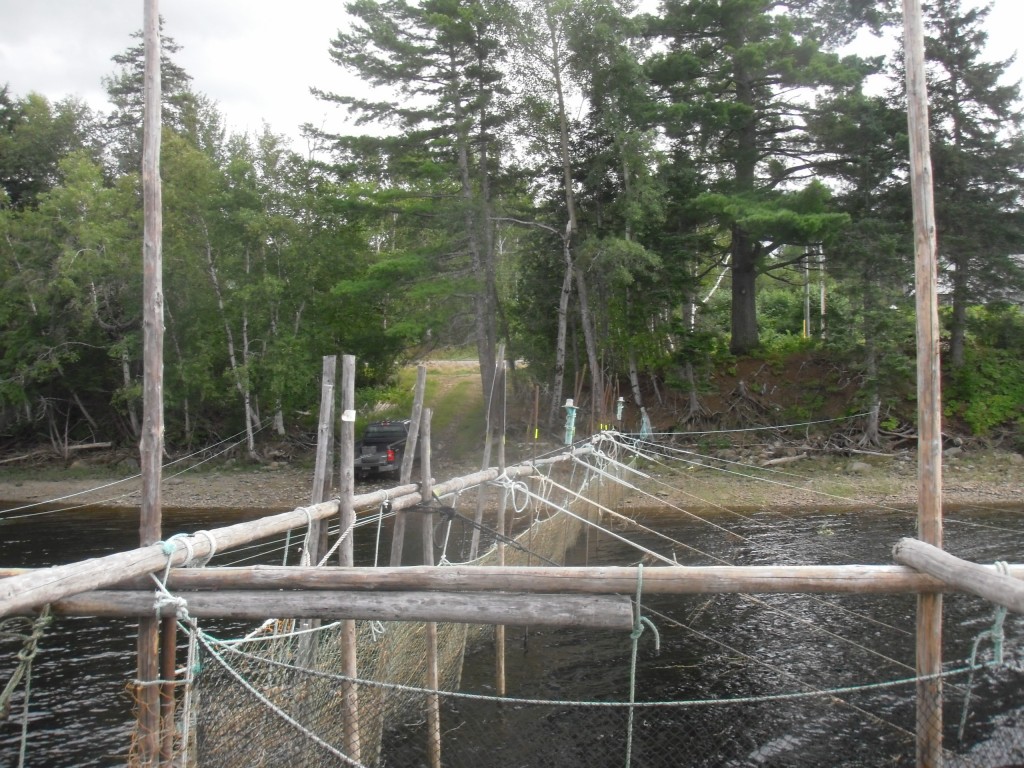
2015 Miramichi Conservation Update
2015 Salmon and Grilse Runs
Before the Atlantic salmon season in New Brunswick fades into memory, and we begin to look forward to next year, I like to take stock of the past season’s run. Neither 2012, 2013, or 2014 were particularly good seasons, and there was considerable concern for 2015. The New Brunswick government instituted catch and release only fishing and mandated single barbless hooks. We won’t have formal estimates of the run from the government until later in the winter, but it is widely believed that the 2015 run was quite decent, and while not as large as some of the bigger years of the last 20 it appears to be well within historical averages for both salmon and grilse.
Officially from the Canadian government’s Fisheries and Oceans “DFO” Cumulative Count website we find that the September 30 counts at the Millerton fish trap in the MSW Miramichi estuary were 544 for salmon and 1356 for grilse. The problem is that the real test is what they were on October 15, the normal end of season. The first two weeks of October can be big ones, especially for large salmon. Thanks to the 100mm rain on 9/30 the counting nets were removed and were not reinstalled. Therefore the 9/30 estimates will be the final ones. Of course the reality is that a substantial run of both salmon and grilse came into the river after 9/30. During the last few days of the season we daily caught sea-liced fish both grilse and salmon – at our upriver camp on the Cains 40 miles above the head of the tide at Quarryville. These were fresh arrivals in the river. There was no way to accurately measure that run, and DFO’s policy is to therefore assign 0. They state that their numbers represent the “minimum” run. I’m not above some conjecture, though, and I averaged the numbers from 2012, 2013, and 2014 for this period to come up with a more realistic – albeit unscientific and unverifiable – estimate. By doing this I came up with 632 salmon for the season and 1,418 grilse in the Millerton trap.
A very rough estimate of the run can be made by a multiplying these numbers times a factor to reflect the estimated efficiency of the Millerton trap. According to a 2013 report from DFO the Millerton net captures on average 5% of the salmon and 9% of the grilse. This efficiency varies greatly year to year based on several conditions, and DFO will make an estimate later based on returns of tagged fish. None-the-less this very rough analysis amounts to about 13,000 salmon and 15,000 grilse. This is just the MSW Miramichi count. The NW also had a much improved year at the Cassillis trap net which was left in the river through October 15. Their grilse number at 1,372 was bigger than any previous time period listed on the website. The salmon number was 334 which was double the average of the 2012 through 2014 period, and roughly equal to the average from 1997 up through 2011. The efficiency of the Cassillis trap is 10% for salmon and 11% for grilse. This would mean totals of 3,300 salmon and 12,300 grilse.
If you combine all the estimated numbers here you get 16,300 large salmon and 27,300 grilse, or about 44,000 Atlantic salmon as a total. No record, but not too shabby either. We’ll see how close this rough estimate comes to the mark by the end of the winter when the official one is available.
Smolt
The Miramichi Salmon Association in a collaboration with the Atlantic Salmon Federation uses smolt wheels and other techniques to come up with an estimate of the number of smolts running down the Miramichi River system. The whole process is a complicated, open to all sorts of errors and issues, and therefore requires a huge confidence factor. None-the-less they do their best to make the estimate, and this year it is 1,717,000. A mathematical calculation based on all of the variables such as size of spawning area, nursery area, predation, natural mortality, etc etc etc is that the Miramichi should produce 1,800,000 smolts, so we are right there. Unfortunately the calculations are that only 26% of these fish make it to the ocean compared to 60% just 10 years ago. The cause of this great perceived decrease is not known – if in fact it is truly accurate – but it is certainly the topic of a great deal of debate. Incidentally, it is calculated that on the Restigouche 60% survive to make it down to the Bay of Chaleurs. The two rivers used to experience about the same survival of smolt to the ocean.
Juvenile Abundance
The Miramichi Salmon Association works with DFO to measure the abundance of parr in many different areas of the Miramichi system. This is done through electrofishing where a low voltage shock temporarily stuns fish in the water around the workers who then count them before they regain their swimming ability. This information is used to find low-density areas to stock with fry. The formal numbers won’t be available for months, but the talk from the field is that there were lots of parr in the system again this year. This is very positive considering the reduced adult runs of the last three seasons. It is well known that nature can to some degree compensate for low spawning counts by delivering high survival of fry. This can continue throughout the parr’s life in the river because there is less competition for food and better access to prime habitat.
Summary
While 2015 was not a record year it appears to have been a solid one considering the backdrop of low ocean survival. There should be a good number of spawners on the beds, and we have a shot at meeting or at least coming very close to spawning escapement for the year.




![smolthatchery01[1]](https://www.bradburnsfishing.com/wp-content/uploads/2015/11/smolthatchery011.jpg)